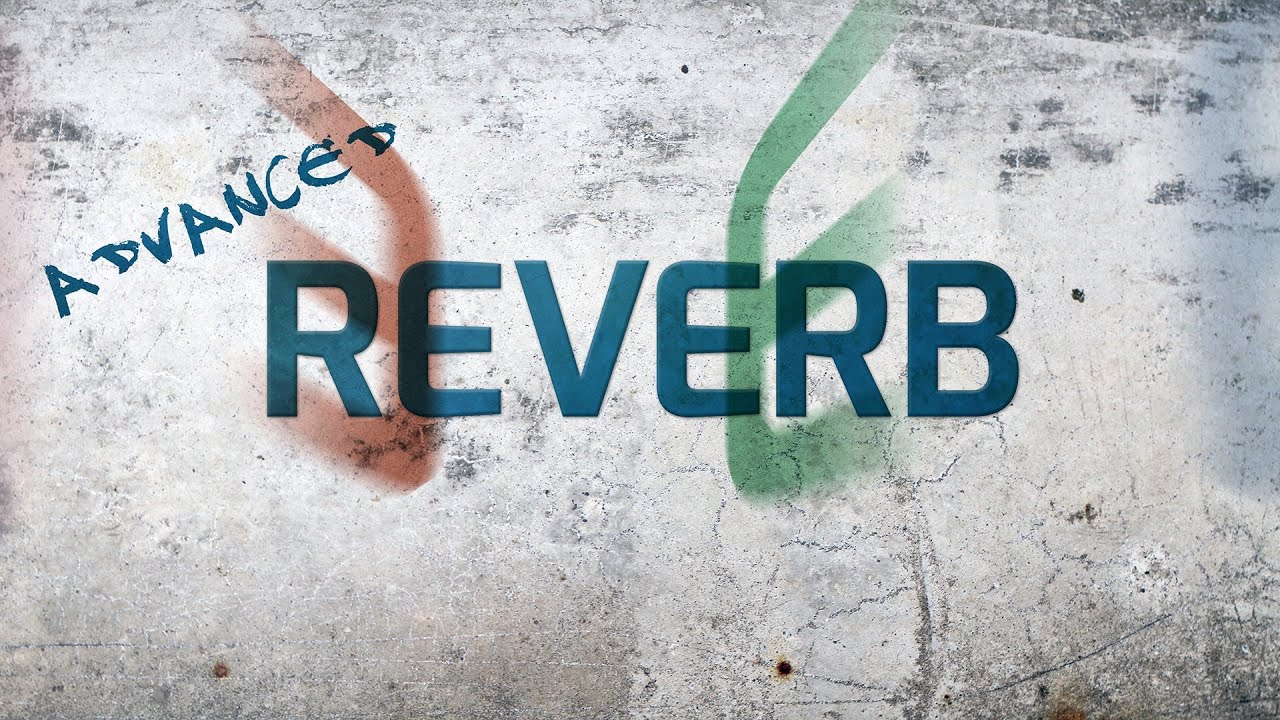send tracks within send tracks from achenars reverb tutorial
Always enjoy the Kush videos, guy clearly knows his stuff!
Updated title to the fine year that was 2020! 
 Hopefully you’ve learnt some tips to share with your fellow renoisers here though:
Hopefully you’ve learnt some tips to share with your fellow renoisers here though:
Mine:
In different songs, try using different plugs/ effects of the same type even if you have your usual goto’s.
I’ve just discovered that my regular EQ (Gliss) that I would plaster everywhere, was causing all sorts of problems in getting sounds to gel overall. I’d been going round in circles trying to rectify what it was doing to no avail.
Frustrating lesson but enforced that even if a plug sounds good on an isolated sound, doesn’t mean it will work once in the mix. The problem can become magnified if you use that plug everywhere…
This is super basic but has proved very important to me:
One stupid trick to make Valhalla Vintage Verb infinitely more usable as a quick-and-dirty, dead-simple ‘insert’ reverb: turn the low-cut knob (the one on the far right of the interface) WAY UP – like to 750 - 800hz (basically ‘noon’ on the knob).
This knob is a mere one-pole filter – 6db per octave. In the past I was dropping VVV in a track and leaving the low cut around 100 - 150hz. This simply doesn’t cut enough of the lows out of the reverb, and the result is a mushy, dense sound. Recently I watched a video from Sean Costello himself, and he mentioned how the filters are just 6db, and therefore can really be pushed hard.
And indeed, I’ve found that if you cut up to 750hz on the low cut, suddenly all that muddiness is gone and the reverb sounds instantly great and usable!
For the record, I’m fully aware that you can use it as a send+return and cut the lows with a separate EQ on the return track, or (in a DAW like Ableton) you can build a parallel effect rack and cut the lows in the reverb chain, etc etc – I regularly do this kind of work. But nonetheless, when I’m focused on songwriting over mixing, it’s great to have a beautiful sounding, powerful reverb that I can just drop on a track and with a few knob-adjustments, have a ‘working’ reverb / sense of space. I’m able to do this ‘quick and dirty’ approach now with VVV in a way I wasn’t before, all due to just better understanding the filters in the device. Crank 'em up!
If A = 1 then B = 0. If A = 0 then B = 1.
And if your EQ support mid/side split. You can make mid dips after the reverb for more wideness.
I’ve more and more used a mb comp on the low / sub region on low instruments, like bass / cimb / taiko’s. It makes it easier to control the weird spikes in sub bass I struggle with without removing the low end completely.
Redman cryptic posting:

Yep, that’s a nice trick on the reverb aswell!
Been experimenting with MB more too, can take some time to dial in just right, but worth the effort.
A not-production thing that influences production decisions: self-talking. I was into journaling regularly but wanted to do it while I was on walks so I switched to voice recording and after some time realized that the recording was superfluous. I get “unstuck” a lot faster now.
“Always have placeholders” as a mantra. Every stage of the process, I want to have something that I can drop in - chords/structure, rhythms, samples, FX chains, etc. If I have a reference, deconstructing the reference bit by bit creates new placeholders.
